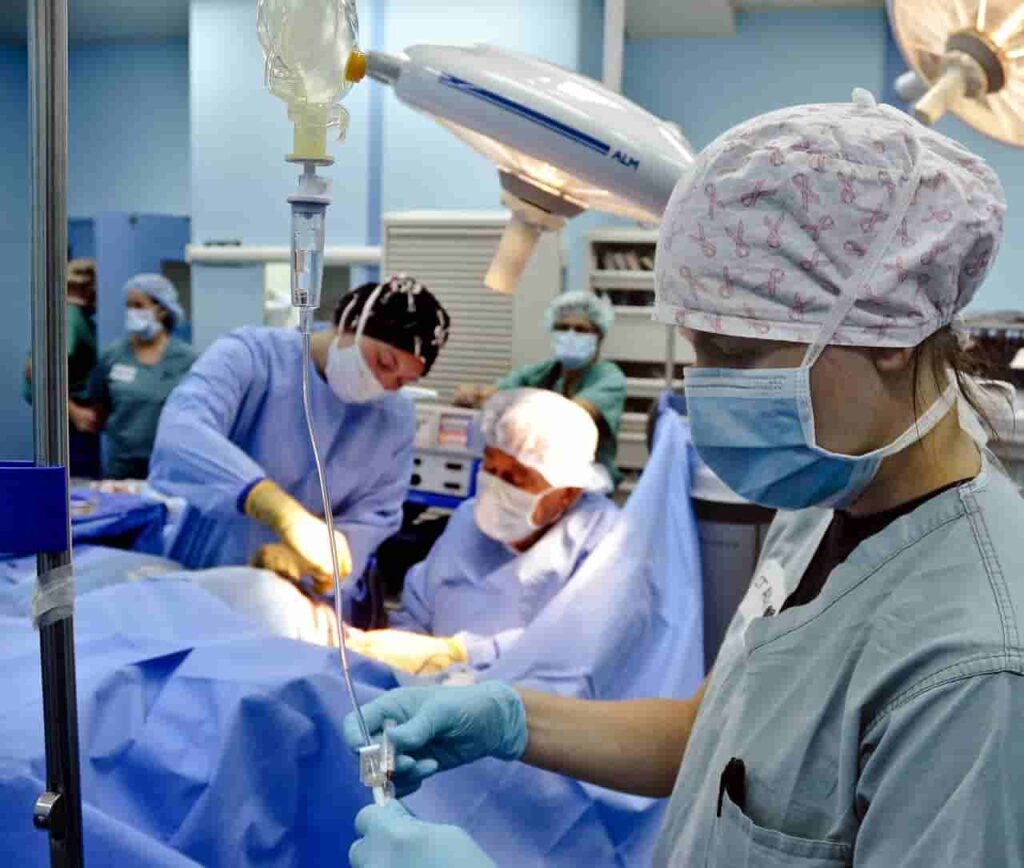
Doctors play a crucial role in the healthcare system, providing essential medical care, diagnosing conditions, and ensuring patients receive the best treatment possible. Their daily routine is demanding and requires dedication, skill, and compassion. Here’s a look at a typical day in the life of a doctor working in a hospital.
1. Early Morning Rounds
Most doctors start their day early, often before sunrise. Morning rounds involve checking on patients, reviewing medical charts, and discussing treatment plans with the medical team. These rounds are critical for assessing patient progress and making necessary adjustments to their care.
2. Meeting with the Medical Team
Collaboration is key in a hospital setting. Doctors meet with nurses, specialists, and other healthcare professionals to discuss patient cases, new treatments, and any urgent concerns. Effective communication ensures coordinated and efficient patient care.
3. Diagnosing and Treating Patients
Throughout the day, doctors see multiple patients, either in the emergency department, intensive care units, or regular hospital wards. They conduct physical examinations, order tests, analyze results, and prescribe treatments to ensure optimal patient recovery.
4. Performing Surgeries and Procedures
For surgeons and specialists, a significant portion of the day is spent in the operating room performing procedures. These can range from minor surgeries to complex life-saving operations. Precision, concentration, and teamwork are essential during surgeries.
5. Handling Emergencies
Hospitals are dynamic environments where emergencies arise unexpectedly. Doctors must be prepared to respond quickly to critical cases, including trauma patients, cardiac arrests, and other urgent medical conditions.
6. Administrative Work and Documentation
Doctors spend a considerable amount of time documenting patient records, writing prescriptions, and updating medical charts. Proper documentation is essential for continuity of care and legal compliance.
7. Educating Patients and Families
A key part of a doctor’s job is to educate patients and their families about medical conditions, treatment options, and preventive care. Clear communication helps patients make informed decisions about their health.
8. Continuing Education and Research
Medical knowledge is constantly evolving, and doctors must stay updated with the latest advancements. Many doctors participate in research, attend conferences, and engage in continuous medical education to enhance their skills and expertise.
9. Evening Rounds and Follow-ups
Before ending their shift, doctors conduct another round of patient visits to check on progress, adjust medications, and ensure that patients are comfortable. This final check helps in maintaining continuity of care.
10. On-Call Duties
Many doctors remain on-call even after their shifts end. They may be required to respond to emergencies, provide guidance over the phone, or return to the hospital for critical cases.
Conclusion
Being a doctor is a demanding yet rewarding profession. The job requires long hours, dedication, and immense responsibility, but the satisfaction of saving lives and improving patient health makes it all worthwhile. Behind the scenes, doctors work tirelessly to provide the best possible care, making a lasting impact on their patients’ lives.
For more insights into the medical field, stay updated with our blog!